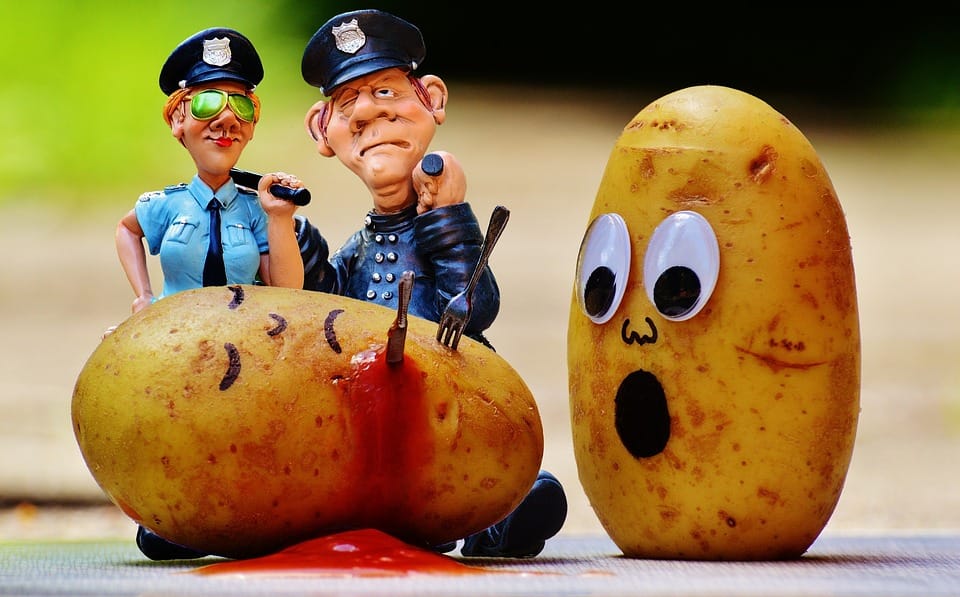Knife Sharpeners: A Comprehensive Guide
Introduction to Knife Sharpeners
As a knife enthusiast, you understand the importance of maintaining your blades’ sharpness. A dull knife can lead to frustration, accidents, and poor performance. That’s where knife sharpeners come in – devices designed to hone and sharpen your knives to their optimal condition. In this article, we’ll delve into the world of knife sharpeners, exploring their types, benefits, and best practices for using them.
Types of Knife Sharpeners
1. Electric Knife Sharpeners
Electric knife sharpeners are a popular choice among knife enthusiasts. These devices use rotating wheels or stones to sharpen your blades. They’re easy to use, require minimal effort, and can sharpen knives quickly. However, they can be noisy and may not be suitable for small or delicate knives.
| Advantages | Disadvantages |
|---|---|
| Easy to use | Noisy |
| Quick sharpening | Limited precision |
| Affordable | May not be suitable for small knives |
2. Manual Knife Sharpeners
Manual knife sharpeners, on the other hand, rely on manual effort to sharpen your blades. These devices typically consist of a sharpening stone or ceramic rod that you move back and forth to sharpen your knife. They’re ideal for small or delicate knives and offer more precision than electric sharpeners.
| Advantages | Disadvantages |
|---|---|
| Precise control | Requires manual effort |
| Suitable for small knives | Time-consuming |
| Affordable | May not be suitable for large knives |
3. Diamond Stone Knife Sharpeners
Diamond stone knife sharpeners use industrial-grade diamonds to sharpen your blades. These devices are known for their precision and ability to sharpen even the most damaged knives. However, they can be expensive and require some practice to use effectively.
| Advantages | Disadvantages |
|---|---|
| Precise control | Expensive |
| Suitable for damaged knives | Requires practice |
| Long-lasting | May be heavy |
Benefits of Using Knife Sharpeners
Why Use a Knife Sharper?
Using a knife sharpener can have numerous benefits, including:
- Improved performance: A sharp knife is easier to use and can perform tasks more efficiently.
- Safety: A dull knife is more likely to slip and cause accidents, while a sharp knife is safer to use.
- Cost-effective: A sharp knife requires less maintenance and can last longer than a dull one.
- Enhanced cutting experience: A sharp knife glides through materials more smoothly, making it a pleasure to use.
Best Practices for Using Knife Sharpeners
Sharpening 101
To get the most out of your knife sharpener, follow these best practices:
- Choose the right sharpener: Select a sharpener that’s suitable for your knife type and size.
- Maintain your sharpener: Clean and maintain your sharpener regularly to ensure optimal performance.
- Sharpen in the correct direction: Always sharpen your knife in the correct direction to avoid damaging the blade.
- Start with a coarse grit: Begin with a coarse grit stone or wheel and progress to finer grits for a sharper edge.
Frequently Asked Questions
What is the best type of knife sharpener for beginners?
A manual knife sharpener is a great option for beginners, as it provides more control and allows for more precise sharpening.
Can I use a knife sharpener on all types of knives?
Not all knives are suitable for sharpening. Always check your knife’s manufacturer instructions before using a sharpener.
How often should I sharpen my knife?
The frequency of sharpening depends on your knife’s usage. Sharpen your knife regularly to maintain its performance and prevent damage.
Conclusion
In conclusion, knife sharpeners are an essential tool for any knife enthusiast. By understanding the different types of sharpeners, their benefits, and best practices for using them, you can keep your knives in top condition and enjoy a safer, more efficient cutting experience. Remember to choose the right sharpener for your knife type and size, maintain your sharpener regularly, and sharpen in the correct direction. Happy sharpening!
